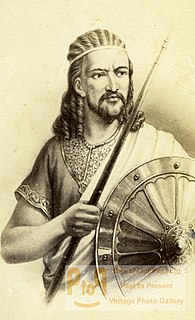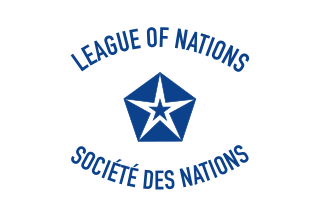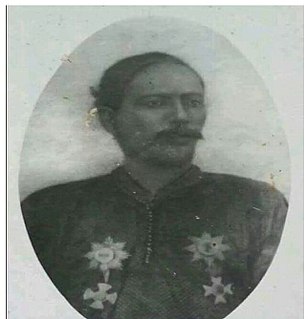
Haile Selassie I was an Ethiopian regent from 1916 to 1930 and emperor from 1930 to 1974. He is a defining figure in contemporary Ethiopian history.

Empress Menen Asfaw was the Empress consort of the Ethiopian Empire. She was the wife of Emperor Haile Selassie.

Amha Selassie was Emperor-in-exile of Ethiopia. As son of Haile Selassie I, he was considered as Crown Prince and proclaimed Emperor three times. He was first proclaimed Emperor during an unsuccessful coup attempt against his father in December 1960. He was again proclaimed on the deposition of his father by the Derg on 12 September 1974 - an act he never accepted as legitimate - which ended in the abolition of the Ethiopian monarchy in March 1975. He was again proclaimed in exile on 8 April 1989. This time he sanctioned the proclamation and accepted its legitimacy. After his accession, his full reign name was His Imperial Majesty Emperor Amha Selassie I, Elect of God, Conquering Lion of the Tribe of Judah and King of Kings of Ethiopia.

Haile Malakot was Negus of Shewa, a historical region of Ethiopia, from 12 October 1847 until his death. He was the older son of Negus Sahle Selassie and his wife Woizero Bezabish Wolde. Haile Melekot was half-brother to Darge Sahle Selassie.

Blattengeta Heruy Welde Sellase was a Foreign Minister of Ethiopia and a writer in Amharic. Bahru Zewde observes that his career "stands out as the great success story ... of the early twentieth-century intellectuals," then continues, "His prolific literary record, his influence with Tafari-Hayla-Sellase and his ascent in the bureaucratic hierarchy were all characterized by an unchequered progression. Edward Ullendorff concurs in this evaluation, describing his oeuvre as "a considerable and distinguished literary output."
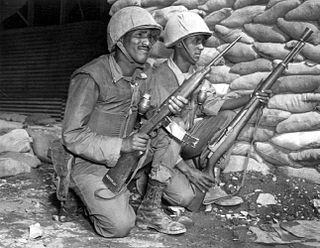
Kebur Zabagna or Zebenya was the Ethiopian Imperial Guard. Also known as the First Division, this unit served the dual purposes of providing security for the Emperor of Ethiopia, and being an elite infantry division. It was not, however, part of the organizational structure of the Ethiopian regular army as it was part of the Zebagna, the Addis Ababa Guard. The Kebur Zabagna was based at Addis Ababa.
Dr. Thomas Alexander Lambie was a missionary medical doctor noteworthy for becoming an Ethiopian citizen, being responsible for several early medical efforts in Ethiopia. He also worked as a medical doctor in Sudan, Nigeria and Palestine, where he died.

Holy Trinity Cathedral, known in Amharic as Kidist Selassie, is the highest ranking Ethiopian Orthodox Tewahedo cathedral in Addis Ababa, Ethiopia. It was built to commemorate Ethiopia's liberation from Italian occupation and is the second most important place of worship in Ethiopia, after the Church of Our Lady Mary of Zion in Axum.
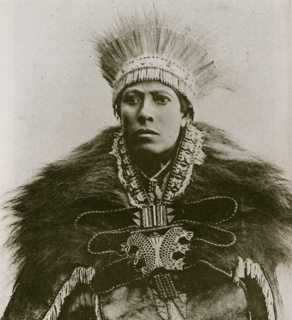
DejazmachBalcha Safo, popularly referred to by his "horse-name" Balcha Aba Nefso, was an accomplished Ethiopian military commander and lord protector of the crown, who served in both the First and Second Italo-Ethiopian Wars.

The March of the Iron Will, or the Iron-Will Column, was a Fascist propaganda event staged during the final days of the Second Italo-Ethiopian War. The goal of the march was to capture the Ethiopian capital in a show of force.
Tekle Hawariat Tekle Mariyam was an Ethiopian politician and intellectual of the Japanizer school. He was the primary author of Ethiopia's July 16, 1931 constitution, which was influenced by the Japanese Meiji Constitution.
Nasibu Zeamanuel, also Nasibu Zamanuael or Nasibu Emmanual in some texts, was an army commander of the Ethiopian Empire. Along with his brother Wasane, historian Bahru Zewde groups Nasibu "among the most colourful of the first-generation intellectuals" of Twentieth-century Ethiopia. His maternal grandfather, Azaz Emmanual Wolde Malakot, whose name both brothers came to adopt, was a notable courtier of Emperor.

The Ethiopian coup d'état of 1928 was an attempt by supporters of Empress Zewditu to rid her of the heir apparent and Crown Prince, Ras Tafari Makonnen. With Tafari gone, Zewditu would be the sole ruler of the Ethiopian Empire.
Gugsa Wale's rebellion of 1930 was a rebellion raised by Ras Gugsa Wale and by supporters of Empress Zewditu to rid her of the Crown Prince and heir apparent, Negus Tafari Makonnen. With Tafari gone, Zewditu would be the sole claiment to succession as the ruler of the Ethiopian Empire. As the husband of Empress Zewditu, Gugsa Wale expected to become Emperor.
Mehal Sefari was the Ethiopian title for the specialized units of the Imperial Guard during the reign of HIM Menelik II. The unit grew from Menelik's personal Guard, though oral histories link it to the elite fighting unit of Atse Tewodros II under Fitawrari Gebrye. As Gebrye's military unit was among the last that remained loyal to Tewodros when most of his army left, the assumption is not unreasonable if not conclusive. The title "Mehal Sefari" however was not used by any of Tewodros' units, nor by any other previous military unit. The title translates to "center campers" and alludes to the location the unit encamped in Menelik's expeditionary encampments. Some have also suggested that the unit was used to come between (mehal) battling armies of the nobility. There is however little in way of evidence to demonstrate this as the nobility rarely fought without permission from the Emperor.
HakimWorkneh Eshete was the first Ethiopian educated as a medical doctor, and an Ethiopian intellectual. He led the Ethiopian diplomatic mission to the United States in 1927, which negotiated a contract to build a dam on the upper Abay River; and, beginning in 1934, he served as Ethiopia's Minister to the United Kingdom.

Italian Ethiopia was a short-lived enterprise to create a colony of the Kingdom of Italy located in East Africa, on the territory of Ethiopia. It was proclaimed in 1936 following the second Italo-Ethiopian War in which the Ethiopian Empire was occupied by Benito Mussolini's Fascist Italy. It became part of Italian East Africa, with its capital moved to Addis Ababa and Victor Emmanuel III proclaiming himself Emperor of Ethiopia.
Menen Liben Amede was an empress and wife of Emperor Yohannes III of Ethiopia.





